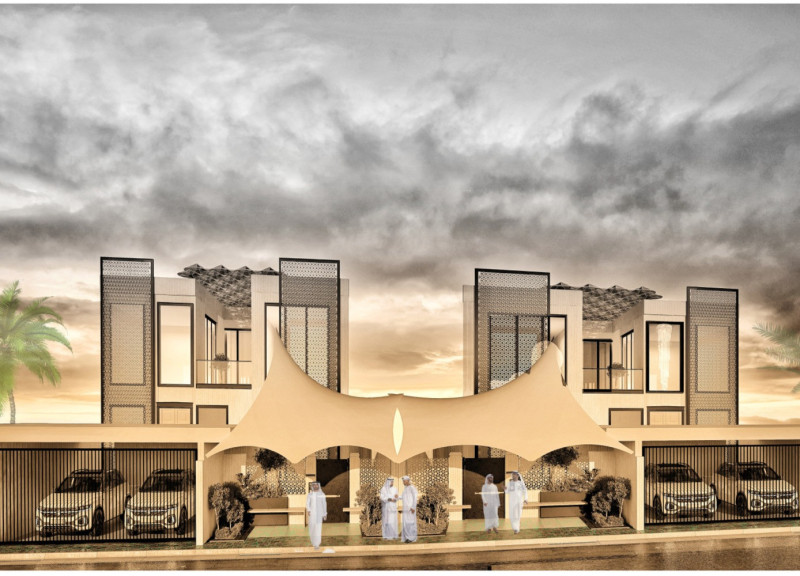5 key facts about this project
### Project Overview
**Location:** [Insert Geographical Location]
**Architect/Design Team:** [Insert Architect/Design Team Name]
**Project Year:** [Insert Year]
This project is situated in [provide specific location details, e.g., urban, rural, or regional context], designed with the intention of [describe the primary aim, such as improving community interaction, creating sustainable living environments, or integrating with the local landscape]. The architectural framework is informed by [briefly mention any contextual factors that influenced the design, such as historical, environmental, or cultural considerations].
### Spatial Organization and User Experience
The design employs a well-defined spatial strategy characterized by [describe the layout, e.g., open plans, functional zoning]. Key areas including [list specific functions or spaces, such as living areas, workspaces, or communal facilities] are organized to promote efficient circulation and foster interaction among users. This arrangement enhances the overall user experience by [explain how the design facilitates activities or interactions, e.g., allowing natural light to permeate, providing visual connections between spaces].
### Materiality and Sustainability
Material selection plays a critical role in both the aesthetic and functional aspects of the project. Concrete is utilized for its durability, while expansive glass elements enhance the flow of natural light and connect occupants to the outdoor environment. Wood introduces warmth and texture, and steel provides structural integrity alongside modern detailing. In line with sustainability goals, recycled materials are incorporated wherever feasible, minimizing the project's environmental footprint.
The commitment to sustainability is further evidenced by the integration of [describe specific sustainable technologies and features, e.g., solar panels, green roofs, or rainwater harvesting], enhancing energy efficiency through strategies such as [mention design elements that promote passive solar heating or natural ventilation]. This careful consideration of materials and technologies not only meets immediate design objectives but also aligns with broader environmental goals.






















